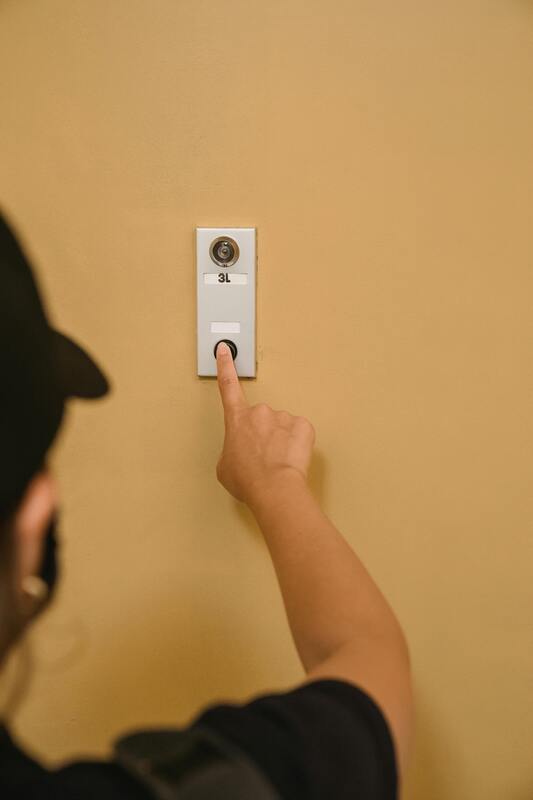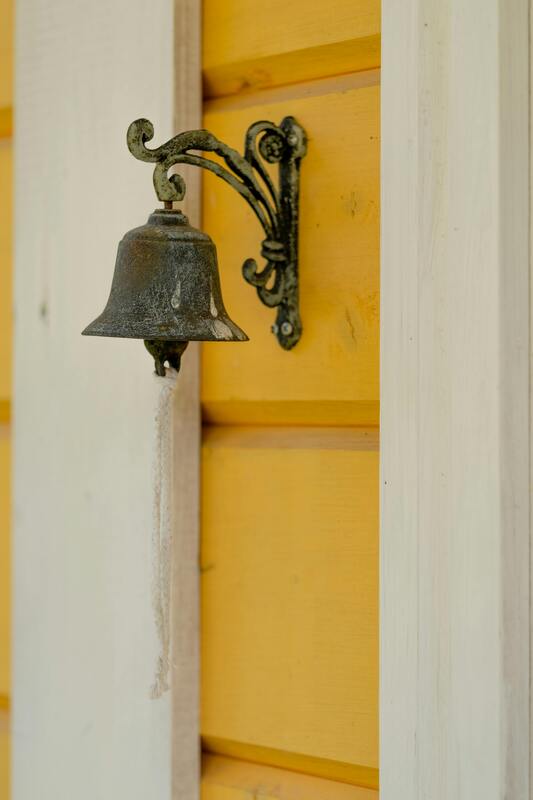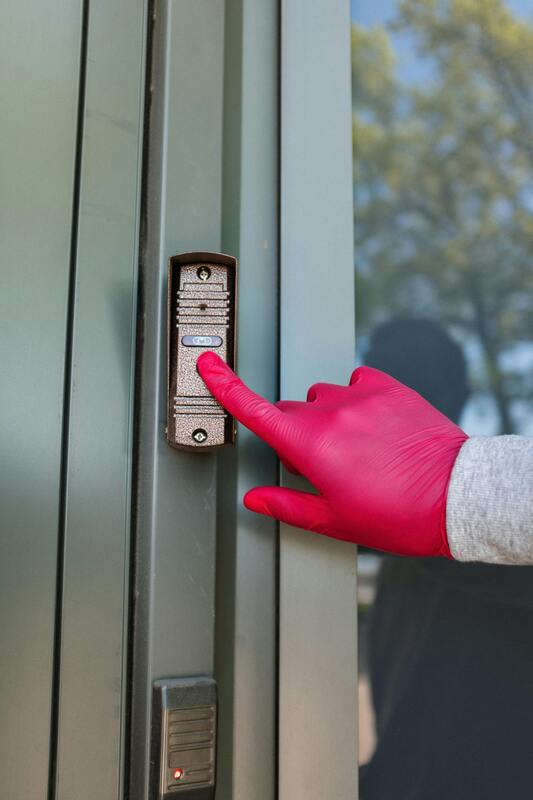A doorbell is a signaling device typically installed near the entrance of a building. It alerts occupants when someone is at the door, usually by emitting a sound or visual notification when a visitor presses a button.
|
🧩 Main Components of a Doorbell System
|
🛠️ Types of Doorbell Boxes1. Mechanical Chime Boxes
⚡ Wiring BasicsMost wired doorbells use a three-terminal system:
🔌 Power Requirements
|
📦 Installation Overview
🧠 Smart Compatibility
🧼 Maintenance Tips
⚠️ Safety Note
- Mount the doorbell box on the wall (preferably near ear level).
- Connect wires to the correct terminals.
- Secure and test the chime.
- If needed, mount or install a transformer (typically in a junction box near the electrical panel or HVAC unit).
🧠 Smart Compatibility
- Many modern smart doorbells (e.g., video doorbells) still use the doorbell box as a chime.
- Some may require a chime adapter or bypass to work with existing boxes.
- Digital chimes may not be compatible with all smart doorbells.
🧼 Maintenance Tips
- Dust the chime box occasionally to prevent buildup.
- Check connections if chime is weak or intermittent.
- If mechanical: ensure bars and plungers aren’t stuck or corroded.
⚠️ Safety Note
- If you're working with the transformer or household wiring, turn off the power at the breaker.
- Always verify voltage with a multimeter before handling wires.


